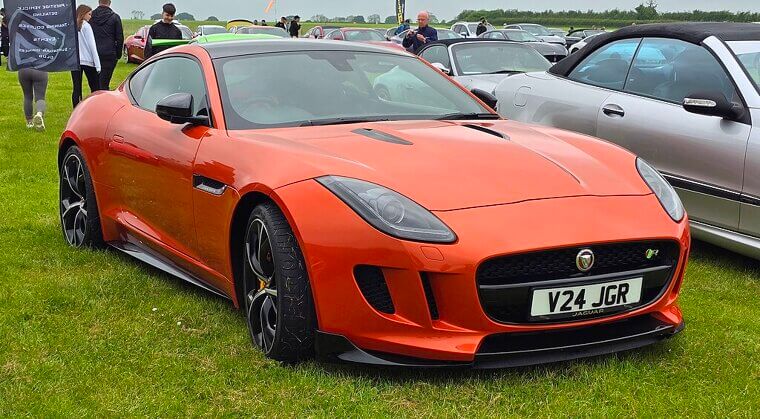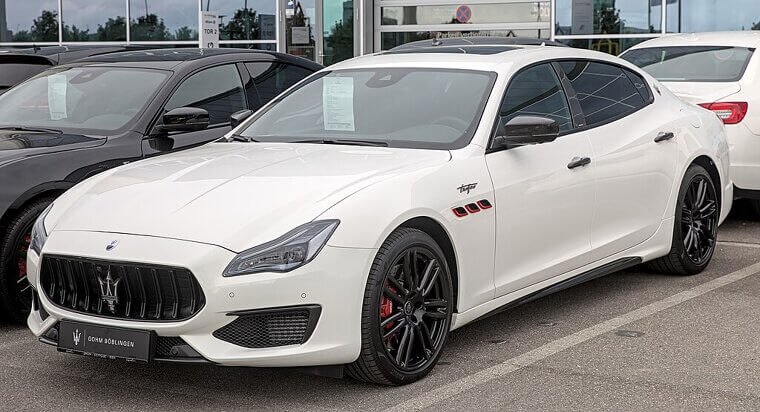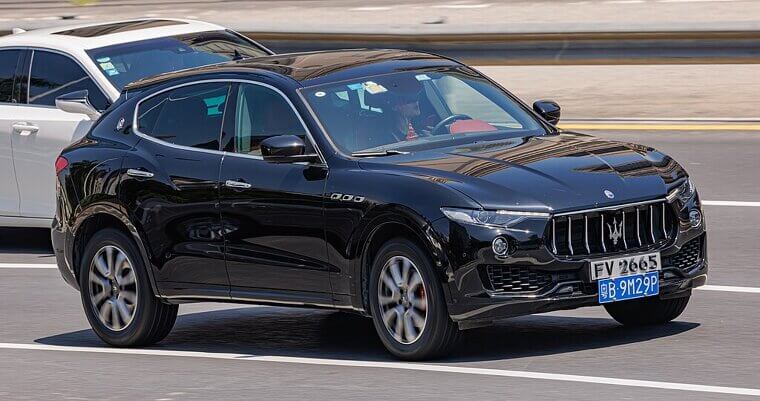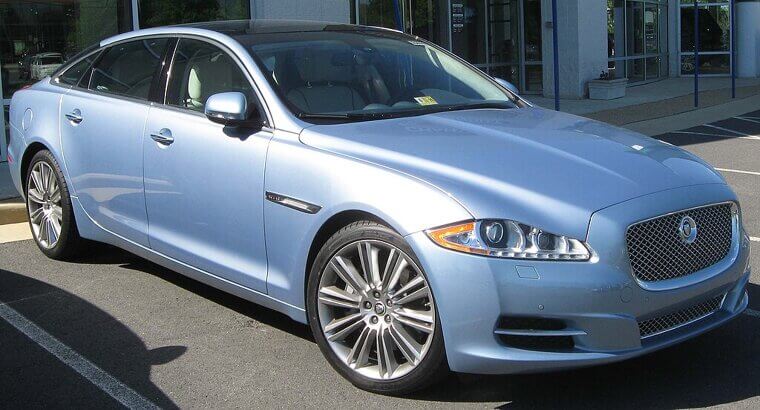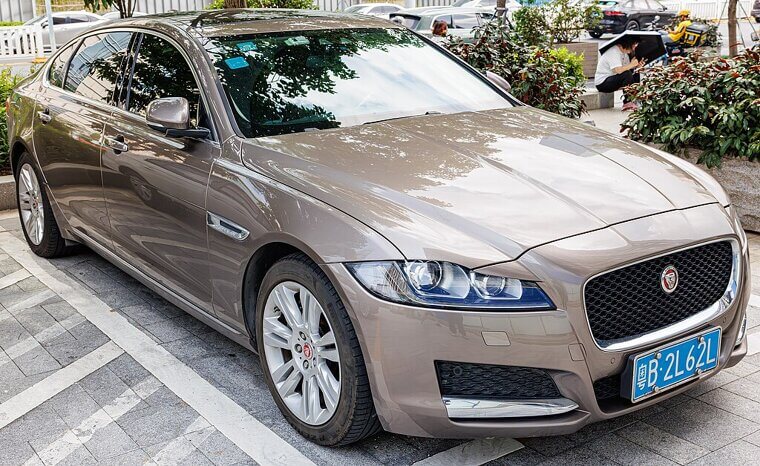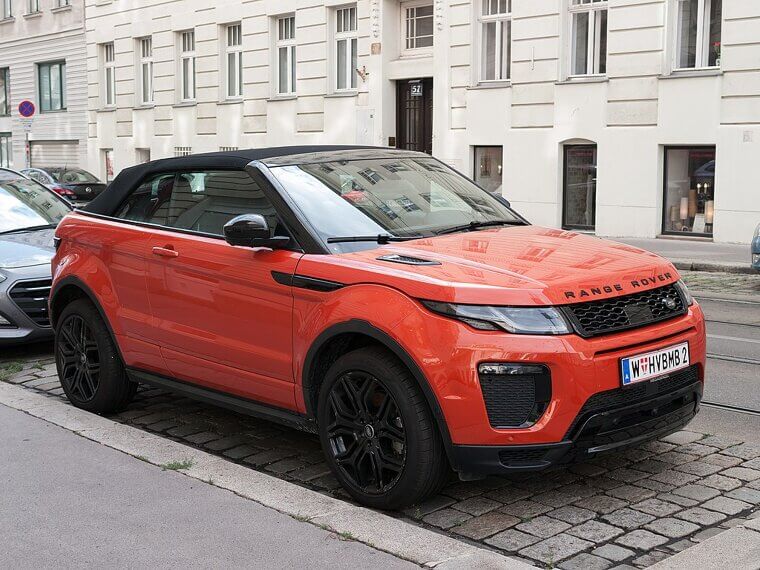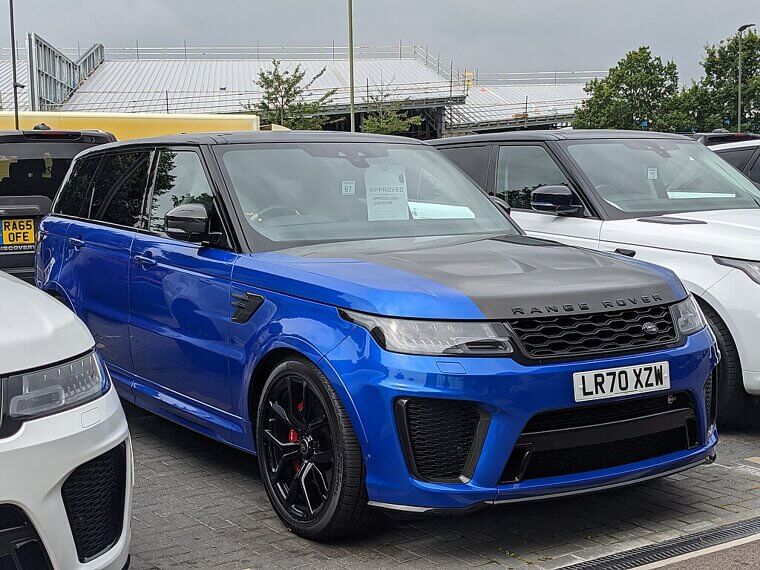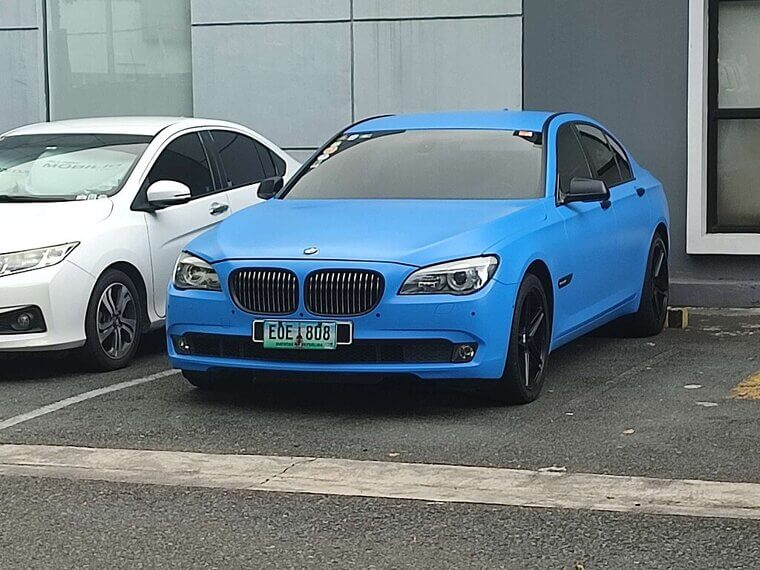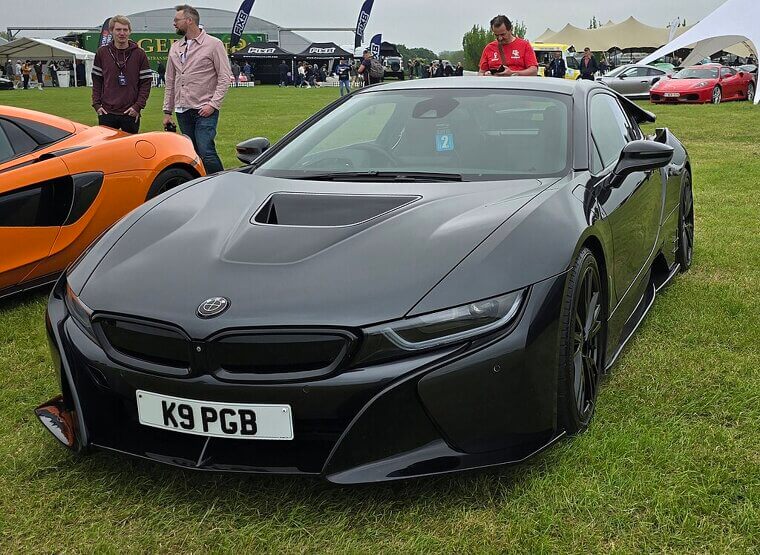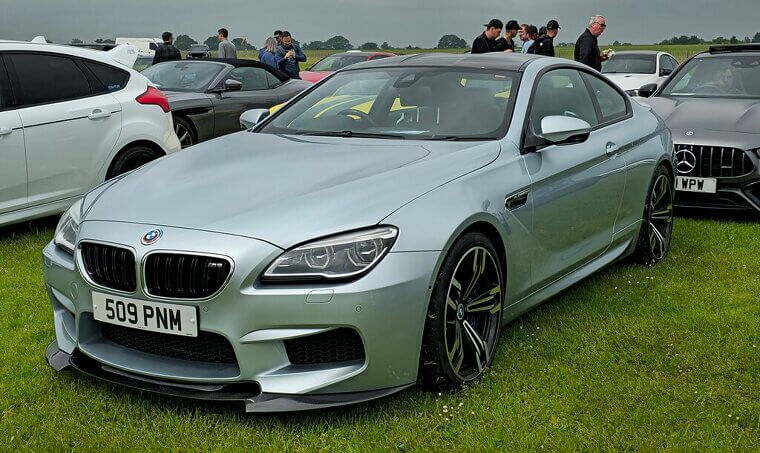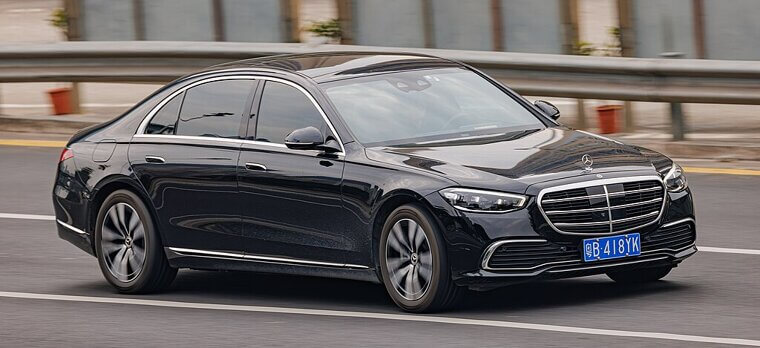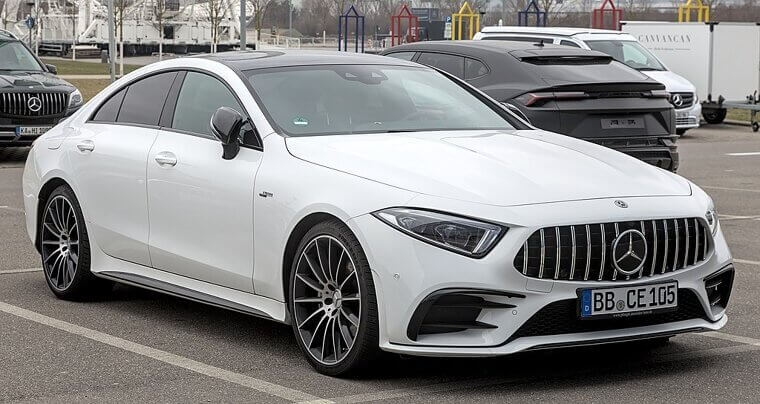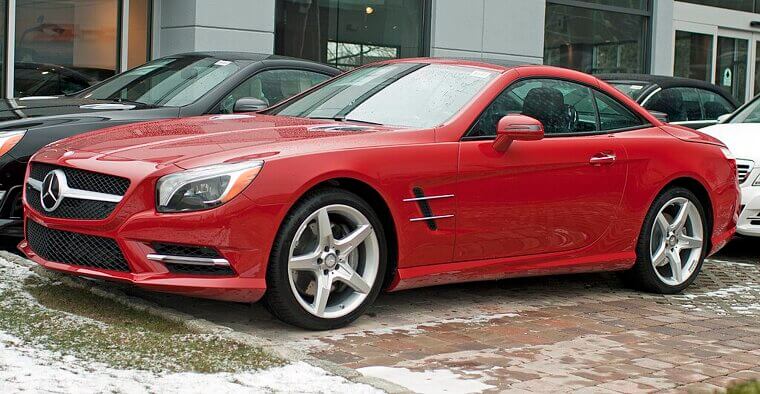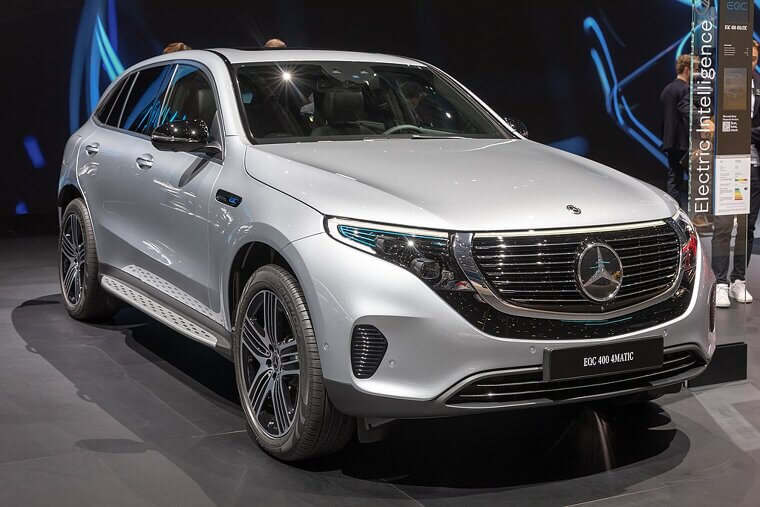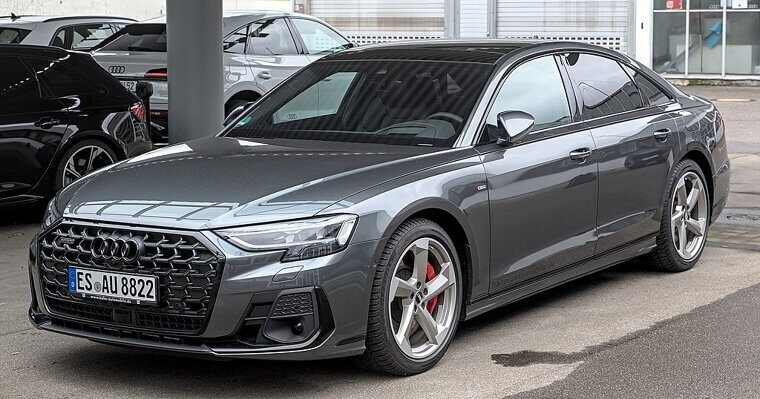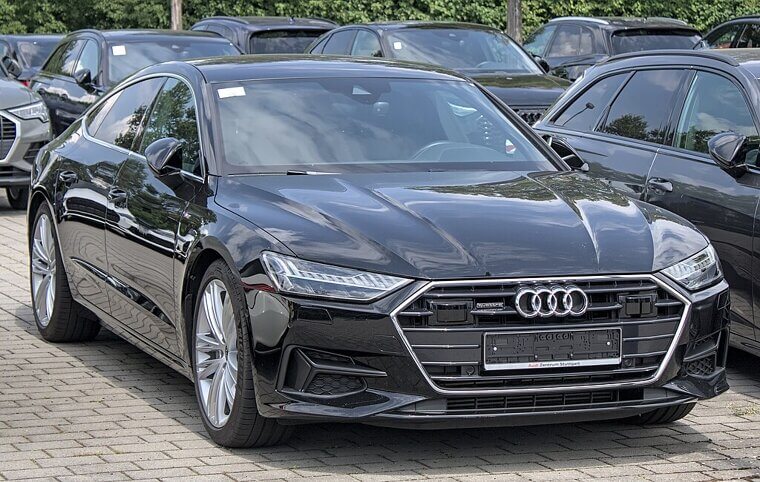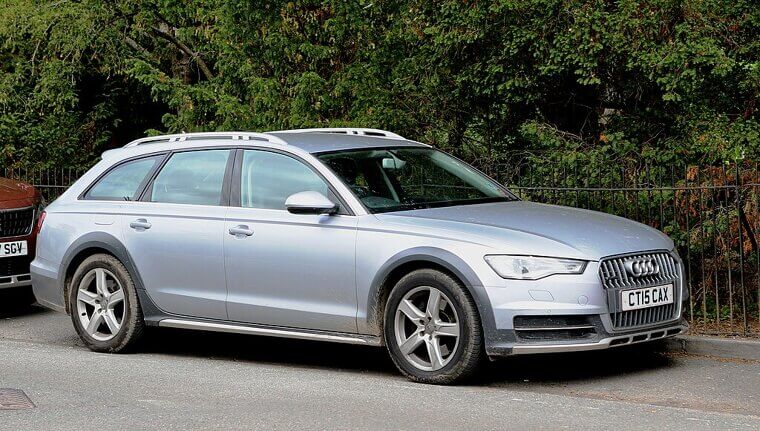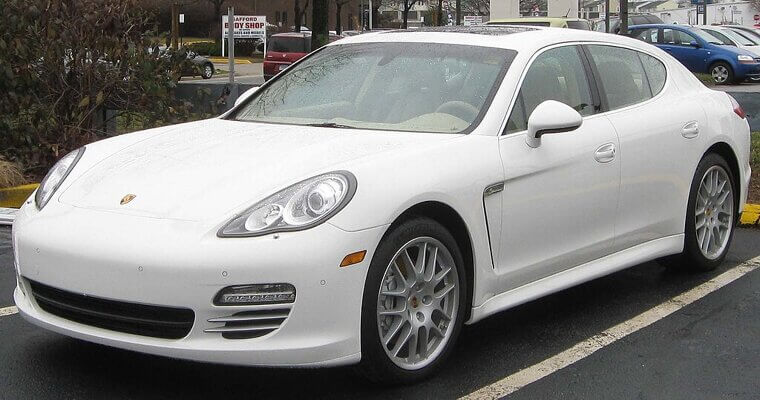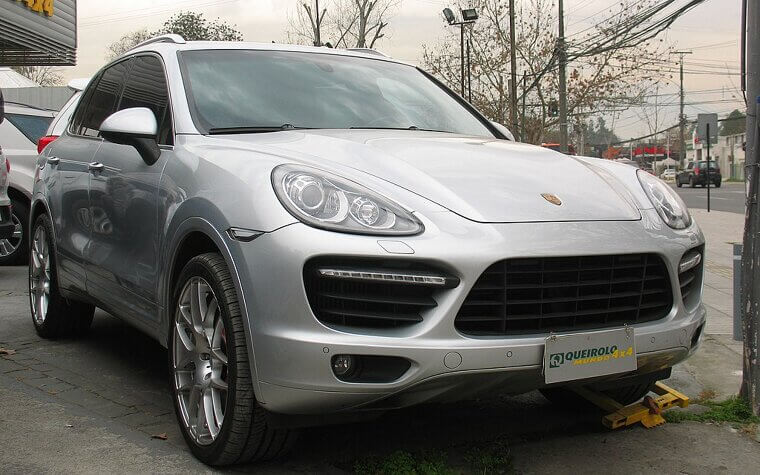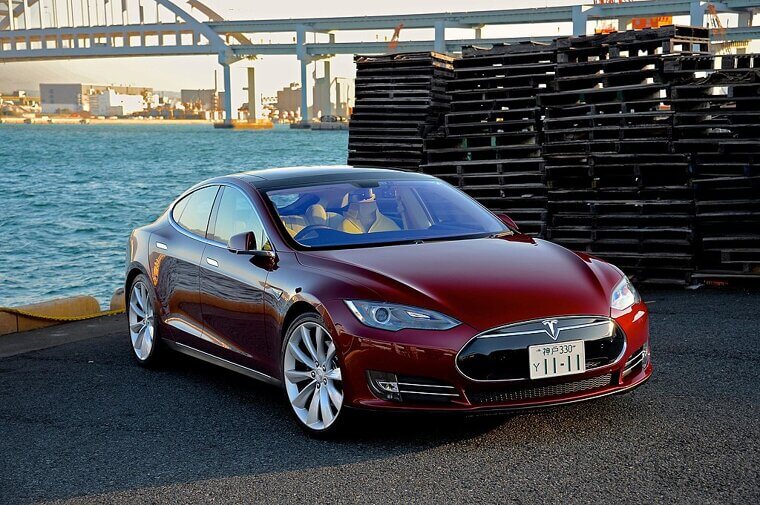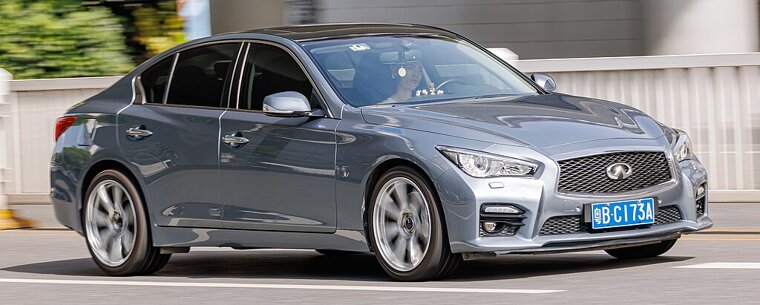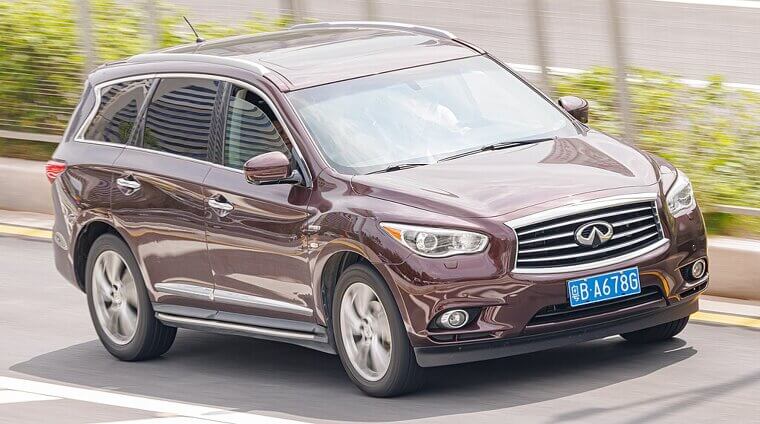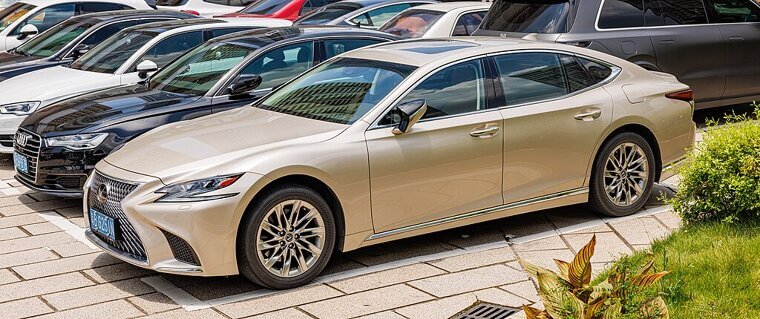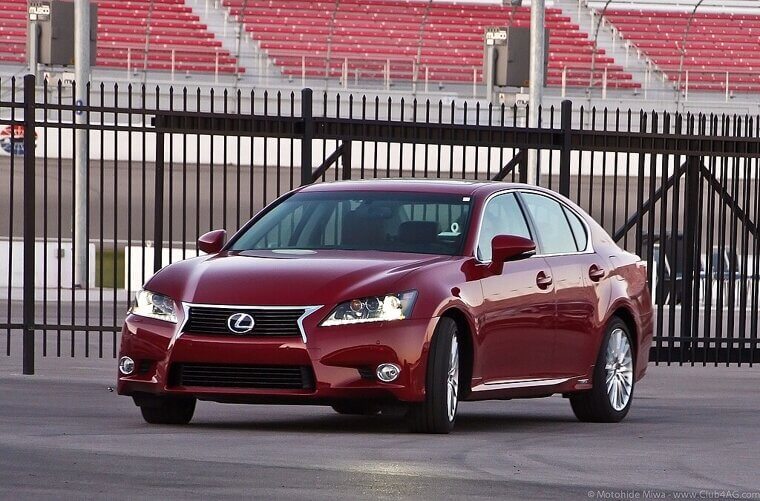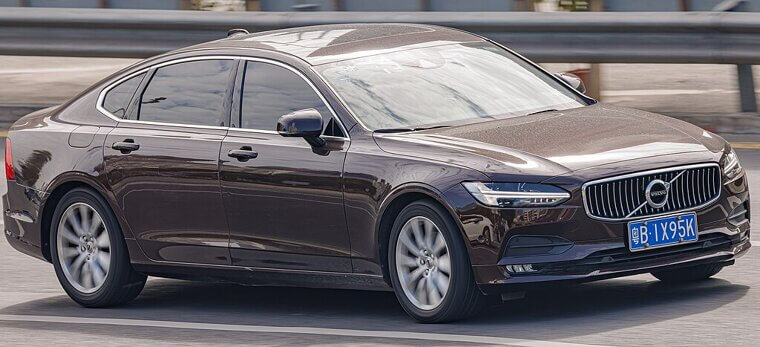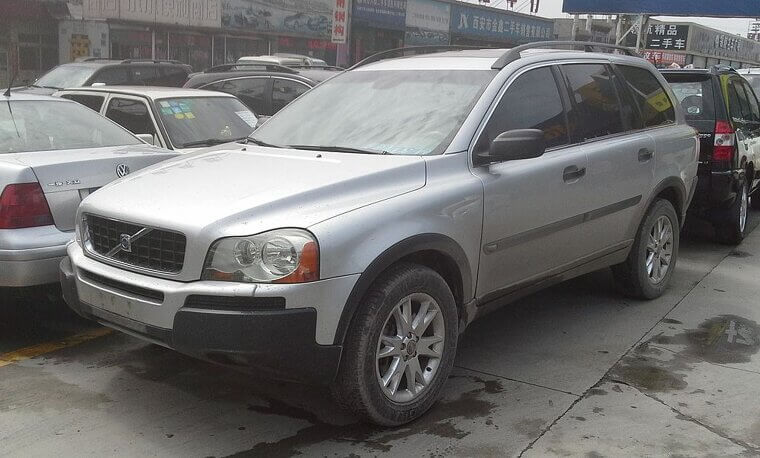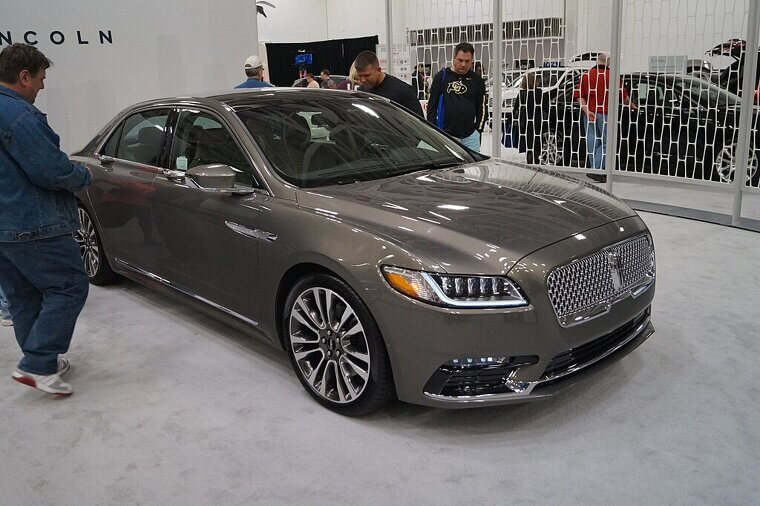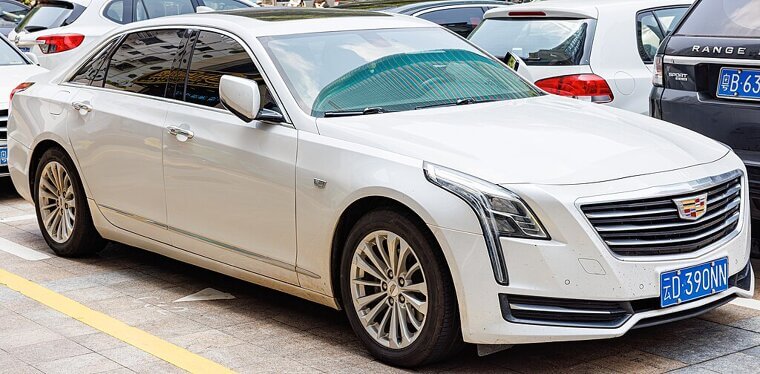Jaguar F-Type (Early Models, 2014–2017)
New F-Types turned heads and thrilled with V6 and V8 engines, but early models suffered inconsistent quality and electronics gremlins. The market flooded with sports cars, so depreciation hit hard during ownership cycles and original owners slowly watched equity evaporate between track days.
Cadillac ELR (2014–2016)
Cadillac tried to bottle Tesla magic with the ELR, a sleek plug-in hybrid coupe that cost over $75,000 new. Unfortunately, the Volt-based drivetrain wasn’t quite “luxury” enough. Values sank faster than a leaky boat, and today you can pick one up for less than a used Camry.
Maserati Ghibli (2014–Present)
The Ghibli has Italian flair, a trident badge, and exhaust notes that sing like Pavarotti. Unfortunately, build quality and reliability don’t match the sticker. Owners discovered repairs could outpace car payments, sending resale values into the abyss.
Maserati Quattroporte (2013–Present)
The undeniably glamorous Quattroporte promised flagship-level drama then delivered costly upkeep, fickle electronics, and a tiny buyer pool that shrank fast! High sticker prices plus steep running costs made depreciation brutal; a few model years later, owners faced asking prices embarrassingly modest compared to original invoices.
Maserati Levante (2017–Present)
The Levante tried to translate Maserati emotion into the SUV era, but buyers found a thirsty, expensive-to-service package. Luxury SUV shoppers gravitated to brands with stronger reliability reputations, leaving Levantes to erode in value. Stunning on the driveway, costly in the shop.
Jaguar XJ (2011–2019)
Jaguar dressed the XJ in futuristic style and high-tech toys; however, that very tech aged badly. Software glitches, expensive servicing, and an image that lagged behind German rivals tanked resale values. What looked cutting-edge at launch looked dated and costly a few years later.
Jaguar XF (2009–2015)
The XF promised sporty luxury with British charm, but used buyers fretted over maintenance costs and reliability qualms. That combo depressed resale; desirability dropped as German competitors offered similar comfort with lower running expenses. The XF became a case study in perception vs. glossy brochure promises.
Land Rover Discovery Sport (2015–Present)
The compact Discovery Sport promised Land Rover capability in a smaller footprint, yet reliability reports and electrical gremlins hurt buyer confidence. High running costs and frequent tech-related headaches nudged resale downward. It’s comfortable and capable, but long-term ownership reveals expensive surprises.
Range Rover Evoque (2011–2018)
The Evoque was a design hit - compact, chic, and celebrity-approved - yet compact premium styling hid high maintenance bills and cramped practicality. Buyers loved the looks; used-car buyers didn’t love the repair invoices and its value dropped steeply after only a few years.
Range Rover Sport (2014–2017, Early Facelift)
The Range Rover Sport blended brute power with luxury cues, until reliability issues and pricey maintenance hit early L494 facelift models like a sledgehammer. Buyers expecting long-term prestige instead found rapidly sliding market values as later, improved generations captured attention.
BMW 7 Series (2010–2015, F01/F02)
BMW’s flagship sedan was loaded with tech, gadgets, and luxurious appointments. It also came with a wallet-scorching maintenance schedule. Buyers loved the performance and prestige, yet early value loss stung hard - used models dropped in value faster than the active suspension can level itself.
BMW 5 Series Gran Turismo (2010–2017)
The 5 Series Gran Turismo was an ambitious cross between sedan, SUV, and wagon. Ambitious is great… unless resale is your goal. Few buyers wanted this oddball shape, and repair costs were steep. Those who bought new found devaluation struck almost immediately.
BMW I8 (2014–2020)
The i8’s futuristic styling and hybrid powertrain made hearts race, but the value downswing was equally dramatic. Early adopters paid a fortune for the “wow” factor, yet battery concerns, maintenance costs, and a niche audience meant resale dropped like a hatchback on roller skates.
BMW M6 (2012–2018)
The M6 promised brute V8 power, aggressive styling, and track-capable thrills, until high running costs and a narrow buyer pool depreciated this head-turning coupe hard. Even enthusiasts were daunted by maintenance and insurance costs, leaving early owners with a significantly lighter bank balance.
Mercedes-Benz S-Class (2010–2013, W221 Facelift)
The W221 facelift S-Class redefined luxury with tech, leather, and chauffeur-friendly options, but it punished owners financially. Electrical gremlins and expensive servicing caused resale values to tumble. Depreciation arrived faster than the massage seats could knead away stress.
Mercedes-Benz CLS (2012–2016)
The CLS coupe-sedan styling wowed, yet its value nosedived quickly. Limited practicality, pricey maintenance, and stiff competition from other German brands meant early owners faced a sharp decline in market value. It’s a looker for sure, but beauty often comes with a wallet-emptying price drop.
Mercedes-Benz SL (R231, 2013–2016)
The SL roadster delivered style, luxury, and V8 punch, but value loss was its secret co-pilot. Early models suffered from electronics quirks and costly upkeep. While top-down cruising is magical, the resale market didn’t reward original buyers; values sank faster than the soft top in a sudden rainstorm.
Mercedes-Benz EQC (2020–2022)
The EQC was Mercedes’ first all-electric SUV attempt, but early EV buyers discovered tech gaps, limited range, and resale anxiety. Sticker prices were high, yet depreciation loomed even faster as newer EVs eclipsed it in features.
Audi A8 (2011–2017)
Audi’s flagship sedan blends understated style with impressive tech, yet markdown punishes early owners. Complex electronics, costly maintenance, and a fiercely competitive luxury market push resale down. Driving one feels exclusive, but checking its value a few years later can induce serious sticker shock.
Audi A7 (2012–2015)
The A7’s swooping lines wowed on the streets, but early buyers paid for avant-garde styling and tech-laden interiors, only to watch values slide within three years. Those who waited patiently in the used market benefit, while first owners realized the A7 paired Audi style with fleeting equity.
Audi A6 (2012–2015)
The A6 blended understated elegance with tech-laden interiors. Buyers loved the ride and styling, yet repair costs and the glut of luxury sedans pushed resale down. Sophisticated and comfortable, the A6 rewarded used buyers, while new owners watched value drop like a stone.
Porsche Panamera (970, 2010–2013 Pre-Facelift)
The Panamera promised Porsche thrills with four doors, but practicality couldn’t stop depreciation. Early models suffered from high maintenance costs and a niche audience, leaving resale values in the gutter. It was stylish and fast, but owning a Panamera meant a quietly eroding bank balance.
Porsche Cayenne (2011–2014, 2nd Gen Facelift)
The Cayenne facelift combined SUV utility with Porsche performance… until expensive maintenance, a crowded luxury SUV market, and tech-heavy systems caused plummeting values. It’s still a capable, stylish SUV, but three-year-old examples now often cost less than expected.
Tesla Model S (Early Models, 2012–2016)
Early Model S sedans wowed with range, speed, and autopilot dreams. Yet rapid EV tech evolution, battery concerns, and high initial prices led to tumbling resale to tumble. Early adopters experienced value shock, while used buyers snapped up bargains with nearly-new acceleration and still-impressive range.
Tesla Model X (2016–2018)
The Model X offered Falcon-wing drama and electric torque, but rapid tech upgrades, reliability quirks, and limited novelty appeal punished initial owners, while secondhand buyers enjoyed roomy EV thrills at discount prices.
Infiniti Q50 (2014–2018)
The Q50’s turbo engines and slick styling initially drew attention - however, resale lagged behind German rivals. Expensive maintenance and stiff competition in the sport-luxury sedan space meant values dropped quickly. Original buyers paid for premium looks, only to watch depreciation erase a significant chunk of sticker price.
Infiniti QX60 (2014–2018)
Infiniti’s midsize luxury SUV combines space and style, which came at a price: resale lagged compared to Lexus or Acura. Buyers faced modest reliability whispers and a competitive segment, causing early devaluation as the vehicle’s value melted faster than winter snow on the windshield.
Lexus LS (2013–2017, XF40 Late Models)
The LS sedans are luxurious, quiet, and packed with tech, yet high sticker prices and a flooded luxury sedan market meant resale dropped fast. The Lexus LS was plush, elegant, and technologically forward, but there were no financial gains to be found for early buyers.
Lexus GS (2013–2017, 4th Gen)
The GS combines sport and luxury in a tidy package. Buyers loved reliability and refinement, but resale lagged behind German rivals. Owning one new felt prestigious; owning it after a few years often meant watching value slip away quietly, elegantly, and painfully.
Volvo S90 (2017–2020)
The S90 sedan boasts Scandinavian design, tech features, and solid safety, yet early devaluation was significant. Luxury buyers gravitated toward German sedans, leaving resale values soft. Original owners paid for elegance and innovation, but style and substance don’t always translate to long-term financial sense.
Volvo XC90 (2016–2019, 2nd Gen Early Models)
The 2nd Gen XC90 dazzled with sleek Scandinavian styling, high-tech interiors, and seven-seat versatility and the cost of high initial prices and electronics quirks. Combine that with stiff competition from German SUVs, and resale values gave out sticker shock like candy.
Lincoln Continental (2017–2020 Revival)
Lincoln’s Continental revival oozed retro style and lavish interiors, until limited market appeal, pricey tech, and stiff competition from European sedans created a steep resale decline. Driving one felt prestigious; checking its value a few years later often left owners questioning if nostalgia was worth the financial hit.
Lincoln MKZ (2014–2018)
The MKZ offered smooth rides, hybrid options, and modern styling, but resale tagged behind rivals like Lexus and Acura. Buyers loved comfort and its blend of tech and luxury was appealing, though the value often felt like it had been on a long, slow cruise downhill just three years later.
Cadillac CTS (2014–2018, 3rd Gen)
Maintenance and insurance costs plus a crowded luxury-sport sedan field undermined the CTS’ sharp styling, turbo power, and Cadillac prestige. Original owners watched values slide, so in the long run, wallets often felt lighter (and buyer remorse significantly heavier).
Cadillac CT6 (2016–2020)
A Limited demand and steep maintenance costs contributed to the rapid value decline of Cadillac’s flagship CT6. Despite its innovation, sleek design, and luxury tech, three years in and the sticker shock of depreciation reminded owners that even luxury sedans can be financially unforgiving.

